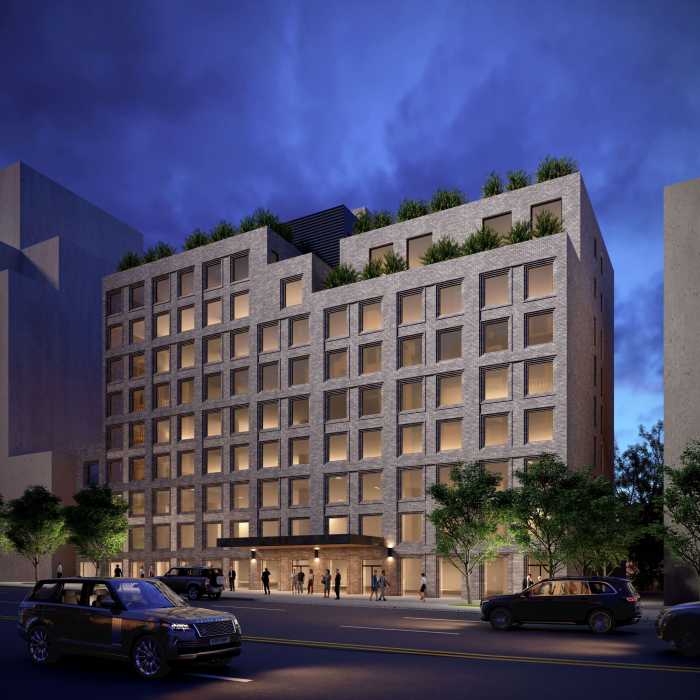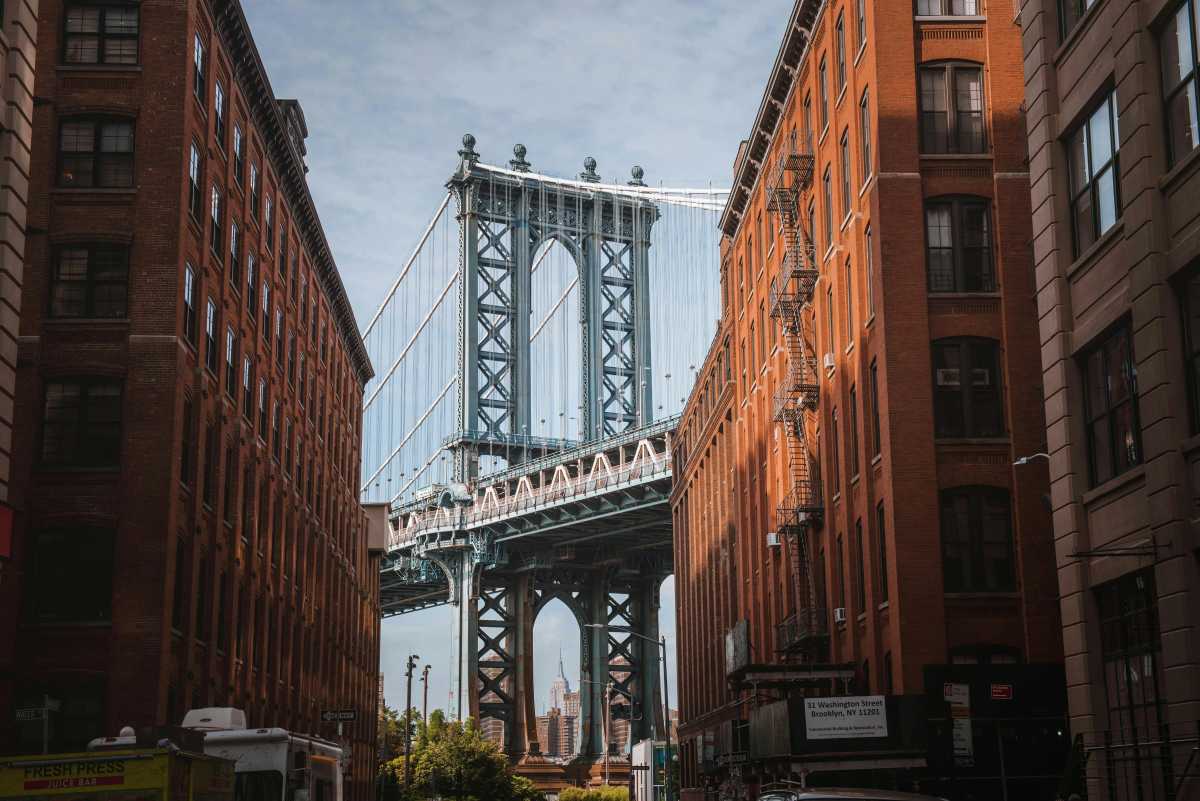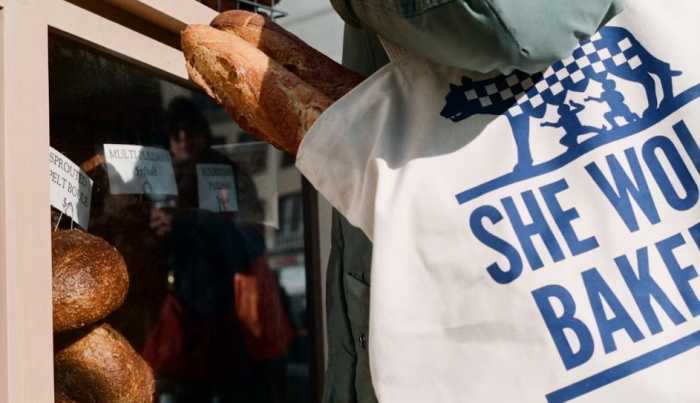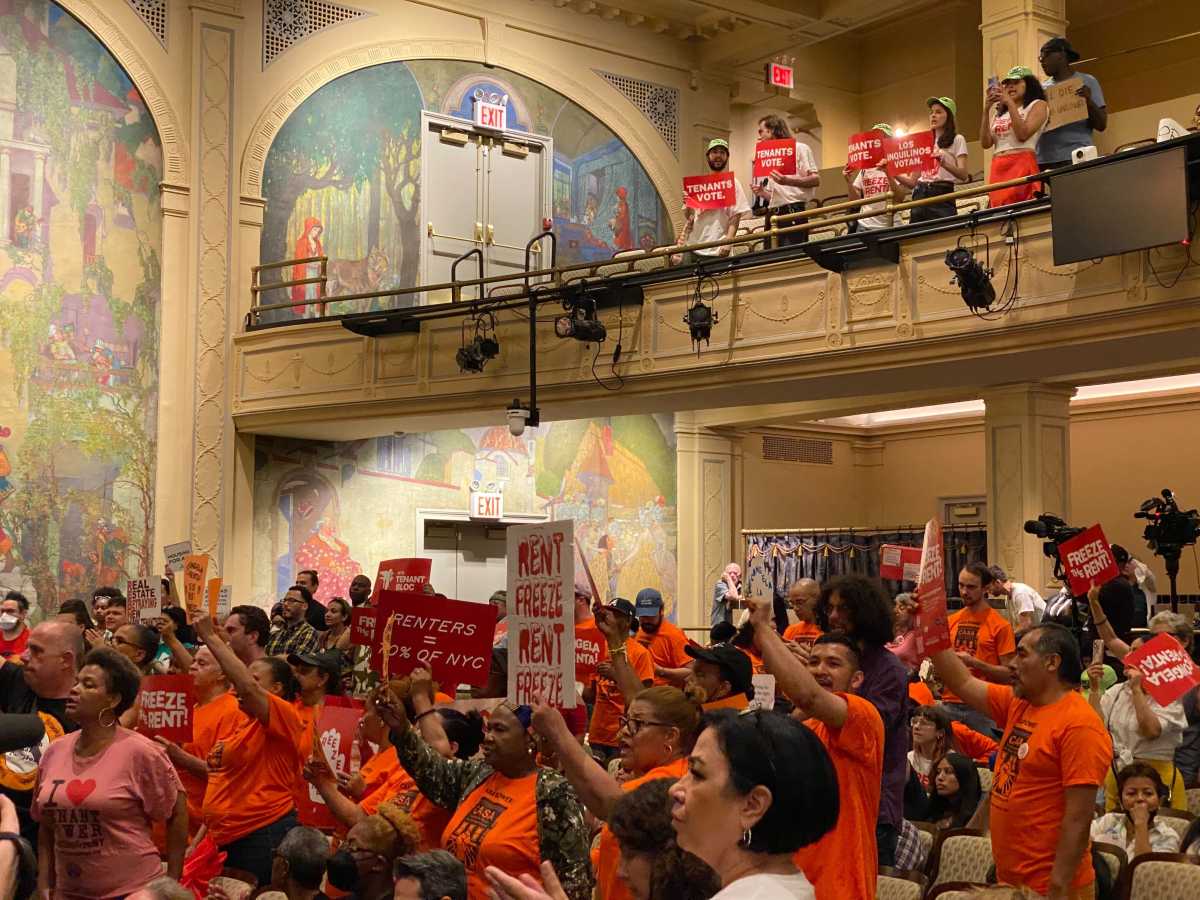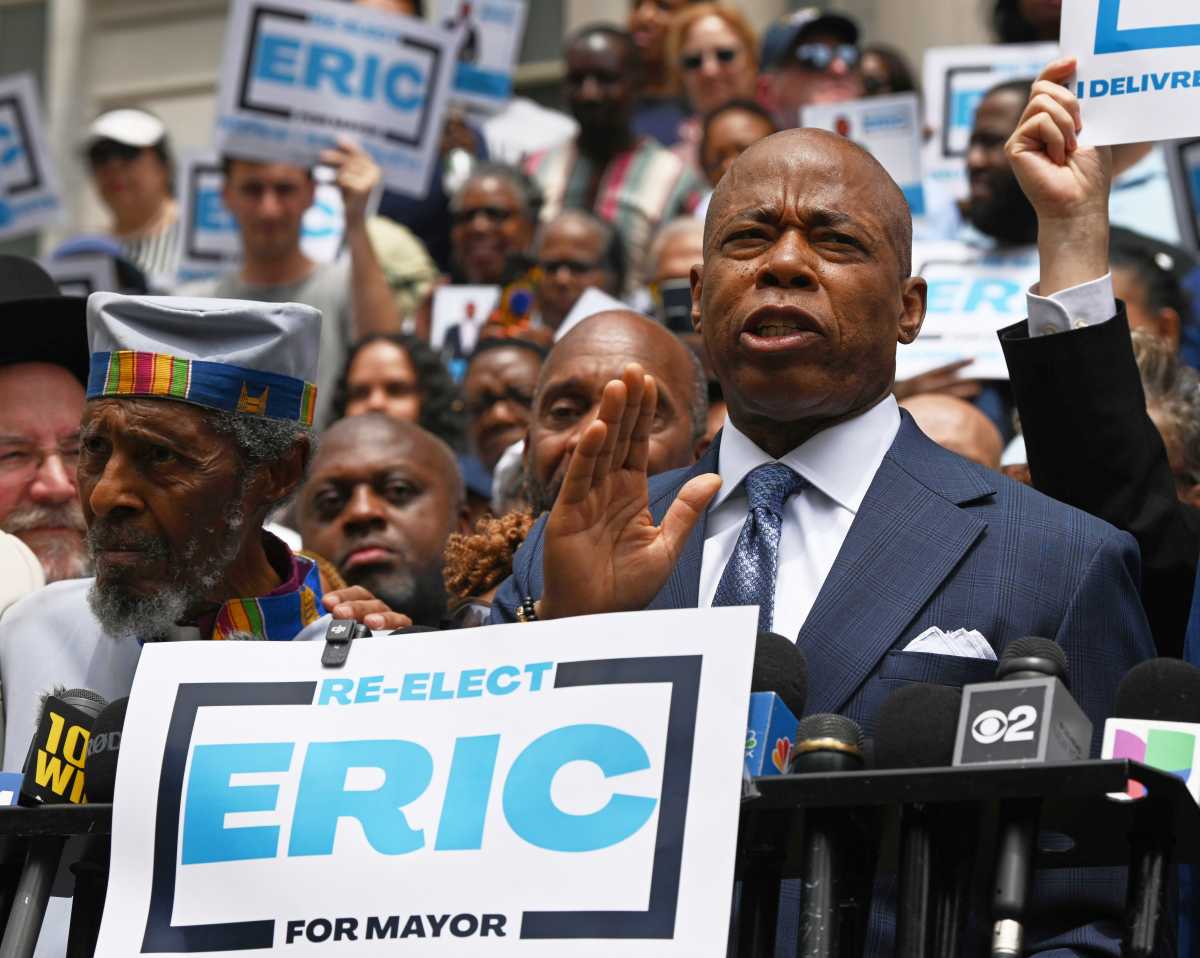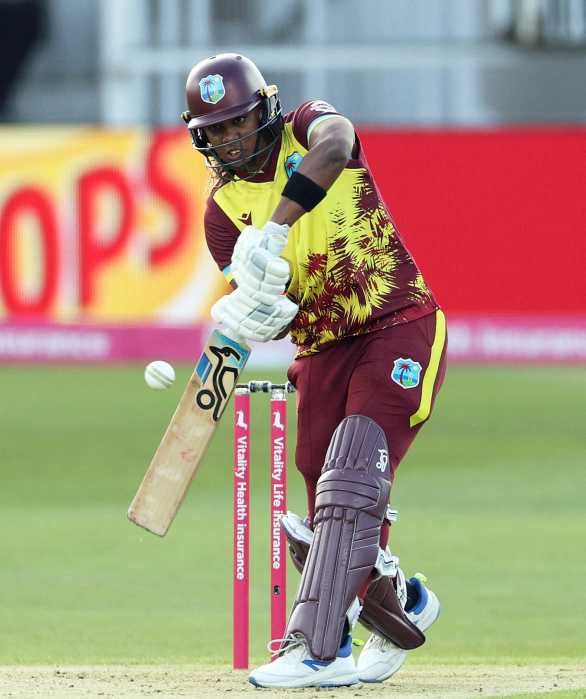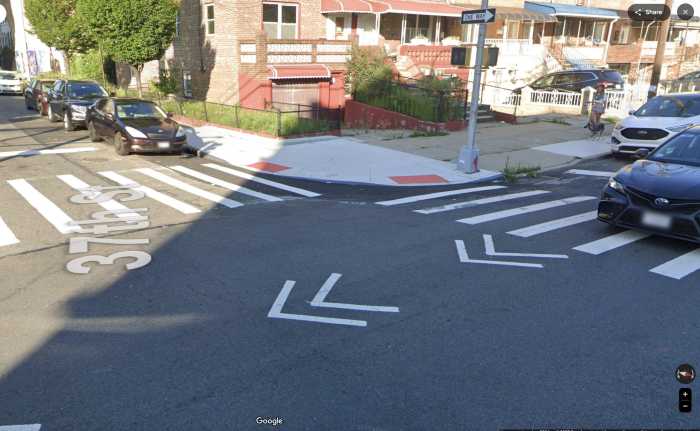Developer Forest City Ratner just put a huge piece of the Atlantic Yards development up for sale. At first glance it appeared as if the company was getting ready to flip the massive property that it pushed so hard to rezone and walk away with duffel bags full of money. Ratner execs maintain that they will stay in full control of the mega-project, as they are only selling a chance to buy into the project, not the land it sits on. Wondering how Burce Ratner’s company could sell most of a 16-building development and keep the reins? Don’t know an equity stake from a T-bone? Let The Explainer break it down:
What, exactly, is Forest City selling?
It is offering investors a chance to buy an “equity stake” of between 50 to 80 percent of the un-built project, meaning the buyer would own shares in the project. The equity stakeholder would not reap profits from the Barclays Center, the arena built a year ago, and B2, the modular apartment tower now under construction, but would collect dividends on the profits that come from the remaining 15 buildings — 14 apartment buildings and one tower that could house offices and a hotel — the company has yet to construct.
But if someone owns more than half of a development’s equity stake, doesn’t that someone control the development?
No. The offer is packaged so that Forest City Ratner will remain in charge no matter how much of the project other people own, meaning that a pension fund or even a nation could buy as much as 80 percent of the project and Ratner would still run it.
What is all this about a timeline? When will the construction actually be completed?
It is anybody’s guess. Construction on the Barclays Center started in 2010 and both critics and advocates of the project were pushing for the remaining 15 towers to be done within 10 years, but the company says the construction will take a quarter of a century. For now, construction is under way on just one building, B2, and Forest City has no date for breaking ground on any others.
So why would Forest City sell such a large stake when it says it will build either way?
Cash. Other people’s money is the fuel that keeps Forest City’s engines running. The developer got a reported $300 million in taxpayer subsidies for the project before a shovel hit the dirt. Asking investors to pay to get the next phase of this project off the ground is a move straight out of the company’s playbook.


